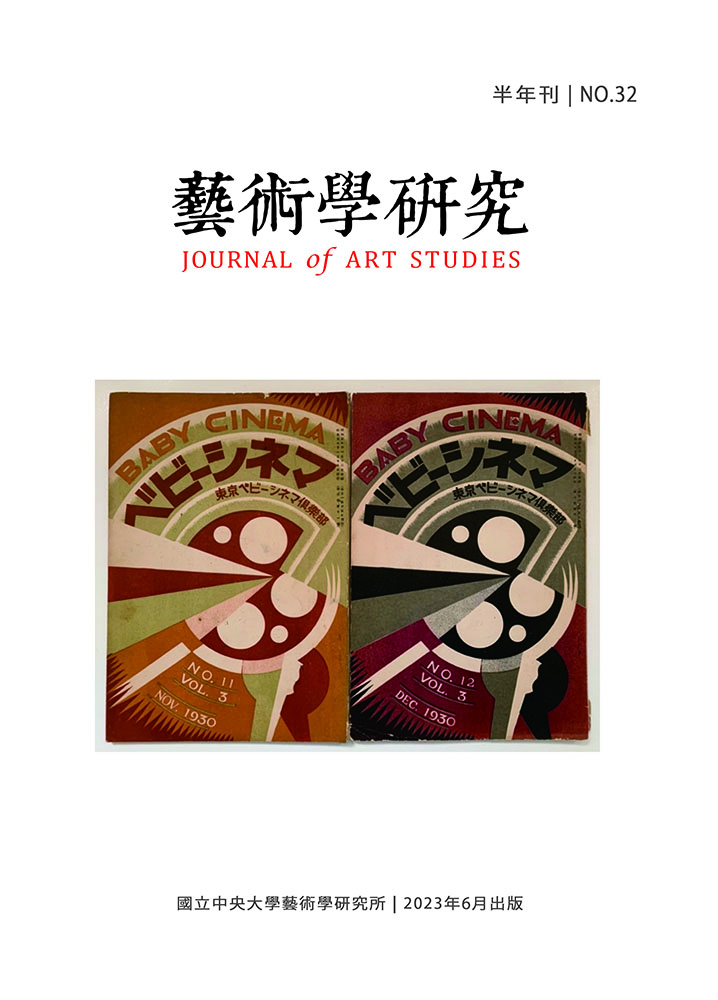1922年面世的「百代—寶貝」放映機與隔年出產的攝影機開啟了台灣業餘者電影發展。本研究試圖從小規格電影初期發展出發,試圖論證將電影視為家庭休閒、嗜好的業餘者電影文化現象,如何在日治時期藉由製造商、販售者帶進台灣,並建構了何種業餘者電影同好網絡。本文首先透過西方業餘者電影的產業發展史,並輔以業餘者電影研究著重的「技術」觀點,重新檢視台灣目前已出版之小規格電影相關研究,檢視其中謬誤及可加以延伸之線索,再與本研究新出土文獻(報紙、雜誌、照片),建構一條台灣業餘者電影發展初史。最後,以目前現存最早的台灣業餘者影片《張家訪問之一日》,檢視攝影者賴崑森(1900-1990)的業餘者姿態,驗證台人彼時已然發展成熟的業餘者電影文化。
本研究在戰前台灣電影研究既有的歷史考掘基礎上,採取認識論視角,將研究焦點從標準規格影片延伸而來的電影活動、影片內容研究,轉為小規格電影產業發展、技術特色、業餘者文化建構,為戰前台灣電影研究開拓一道新的可能研究路徑。
The apparition of the Pathé-Baby movie projector in 1922, and the Pathé-Baby camera which arrived the following year, marked the beginning of the development of amateur cinema in Taiwan. This study proposes a new approach to Taiwanese film history through the lens of small gauge film. It is an attempt to unearth the development of a culture of amateur cinema (home-made film for family leisure, or as a hobby) during the Japanese colonial period. This culture – introduced by Japanese equipment manufacturers and distributors – nurtured a network of amateur film lovers.
We extensively reviewed the available literature published in Taiwan concerning small gauge films, examined their misunderstandings or mistakes (when dealing with Western techniques), as well as elements possibly leading to further research. Second, the materials (newspapers, magazines, photos) newly found by our research team were analysed in order to construct an early history of the development of Taiwanese amateur cinema. Finally, the article focuses on the case of Lai Kun-sen (賴崑森, 1900-1990), an amateur filmmaker and cameraman of “One Day of Outing of the Chang Family” (張家訪問之一日, 1930), the oldest Taiwanese amateur film in existence, proving that there was already a mature culture of amateur cinema in Taiwan in the early 1930s.
Through an epistemological approach, the focus of this study shifted from analysis of the content, or standard format film, to development of small gauge film, their technical styles and the construction of an amateur culture. In this way, a new possible approach to Taiwanese film history opens up for the pre-WWII period.


